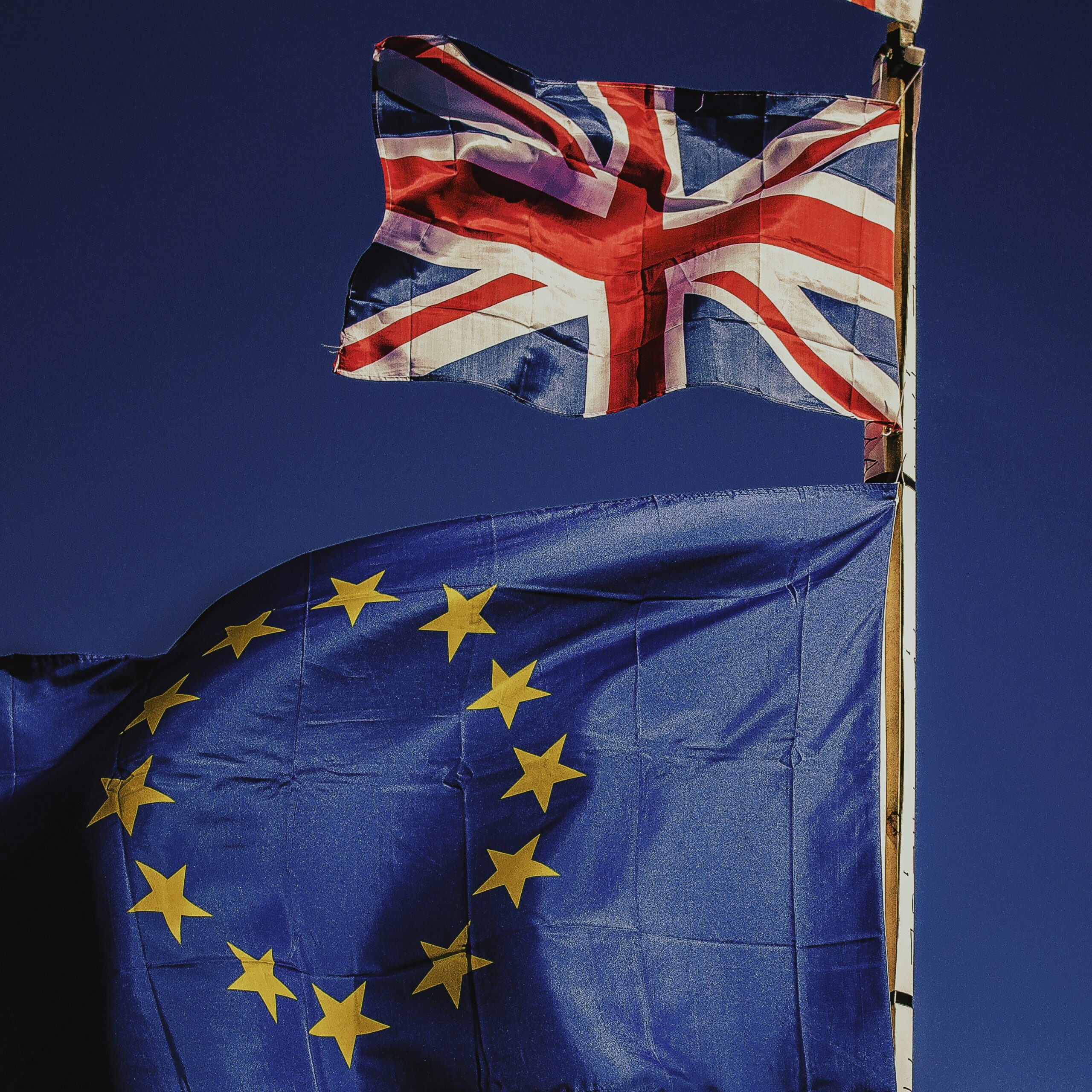On Tuesday, the European Commission unveiled its Action Plan for the Chemicals Industry, a sweeping strategy intended to strengthen the competitiveness and resilience of one of Europe’s most strategically vital yet increasingly fragile sectors. Combining fresh policy initiatives with regulatory reform, the package reflects the Commission’s evolving approach to industrial policy by balancing decarbonisation and simplification with the urgency to retain core production capacity in the face of global pressures.
In an increasingly uncertain world, the Commission’s message is that the EU chemicals industry is “the mother of all industries”, a backbone of European economic sovereignty – and it is under threat.
A sector under pressure
The EU chemicals sector is Europe’s fourth-largest manufacturing industry, employing 1.2 million people directly and underpinning supply chains in automotive, construction, defence, agriculture and healthcare. Yet, its future on the continent is increasingly uncertain due to a combination of factors such as energy price shocks, global overcapacity and high regulatory costs – all of which have chipped away at its international competitiveness. The EU’s global market share in chemicals has nearly halved over the last 20 years, and a spate of recent chemical plant closures underscores how quickly capacity can slip away.
In launching the Action Plan, Industry Commissioner, Stéphane Séjourné, starkly warned that the EU chemicals industry is “a sector at risk of collapse if nothing is done”. He further added that the Action Plan is not simply focused on chemicals policy, but rather is part of a broader “industrial package” aimed at supporting Europe’s green transition while seeking to preserve its industrial base.

What’s it all about?
Under the Action Plan, the Commission will launch a Critical Chemicals Alliance to shore up production capacity and reduce geopolitical dependencies. This new coordination body will identify vulnerable but essential chemical production sites and supply chains and align national and EU investment to keep them afloat. It will also work to resolve trade distortions, improve transparency in imports via the EU’s Import Surveillance Task Force, and accelerate the deployment of trade defence instruments, a response to long-standing industry concerns about unfair global competition.
The Alliance may also lay the groundwork for more structural interventions, such as a future Critical Chemicals Act. Though no legislative proposal has been tabled yet, officials suggest that defining and securing “critical molecules” – such as steam cracker outputs, ammonia, chlorine and methanol – may become a formal objective.
On the cost front, the Commission is promising to operationalise its Affordable Energy Action Plan, unveiled in February, at full speed. A public consultation on improving chemical recycling was launched in parallel with the Action Plan, alongside moves to clarify the legal definition of low-carbon hydrogen. The scope of state aid is also being broadened: by the end of the year, the Commission intends to extend electricity cost relief to more chemical producers, potentially opening access to support for companies producing organic chemicals and fertilisers. Additionally, adjustments to the EU Emissions Trading System (ETS) regulations will be introduced to broaden the range of chemical industries that qualify for compensation.
In an effort to preserve the EU’s self-styled role as a global leader in sustainability, the Commission is encouraging wider use of clean carbon sources, including biomass, captured carbon, and waste feedstocks, and is preparing the ground for sector-specific rules under the forthcoming Industry Decarbonisation Accelerator Act. The plan also flags future fiscal incentives to drive demand for “clean and made-in-Europe” chemicals and highlights the role of circularity, bio-based alternatives, and substitution of hazardous substances in fostering innovation and reducing dependence on fossil-based inputs.
Streamlining regulation and the politics of ‘simplification’
The accompanying legislative component, the sixth Simplification Omnibus Package of this Commission mandate, aims to reduce administrative burdens and compliance costs by introducing simplified labelling for hazardous substances and cosmetics, harmonised data requirements for fertilising products, and clearer rules across several areas of chemicals regulation. According to Commission estimates, these changes could save the industry over €360 million per year – a figure intended to offset cost pressures without compromising safety.
In addition, the Commission proposed reforms to the European Chemicals Agency (ECHA), aiming to improve the governance and financial sustainability of a body now responsible for a growing suite of EU regulations spanning biocides, waste, water, classification and labelling, and international chemical trade.
Environmental groups and Green MEPs have, however, voiced sharp criticism – warning that the drive to ease regulatory burdens could come at the expense of consumer protection and environmental standards. Bas Eickhout, Co-President of the Greens/EFA group in the European Parliament, accused the Commission of “throwing health protection overboard” and undermining legislation that bans substances linked to cancer or reproductive toxicity.
One point of contention is PFAS – so-called “forever chemicals” – widely found in consumer goods. The Commission maintains that it remains committed to robust restrictions on PFAS, allowing their use only in critical sectors and under strict conditions, although this falls short of the outright ban advocated by environmental groups.
What it means for business
Taken together, the Commission’s plan is emblematic of the current shift toward boosting EU industrial policy, an approach grounded in the premise that strategic intervention in supply chains and a more agile regulatory state are now essential. However, the devil will be in the detail of implementation, and businesses will need to monitor developments closely.
For EU-based businesses, the proposals offer potential access to expanded state aid, streamlined compliance, and closer involvement in EU-level coordination via the Critical Chemicals Alliance. But engagement will be key, and organisations should be ready to articulate their role in strategic value chains and prepare for upcoming eligibility assessments under initiatives such as the Innovation and Substitution Hubs.
For businesses based outside the EU, including in the UK, that export to or operate within the Single Market, the implications are no less significant. Changes to labelling, product authorisation and market surveillance could alter compliance requirements. A renewed focus on regional value chains, content rules and strategic autonomy means that third-country firms must keep a close eye on shifting expectations around origin, sustainability and supply chain transparency. Early engagement could prove essential in shaping company-level responses and identifying opportunity within the new framework.
Staying ahead of the curve
This is a significant moment for chemicals policy in Europe. With political pressure rising to boost competitiveness without compromising climate and health goals, the chemicals sector is now firmly at the centre of the EU’s broader industrial transformation. Companies that understand both the policy logic and the political landscape will be best placed to thrive.
At Whitehouse Communications, we specialise in helping businesses on both sides of the Channel navigate these complex waters. Whether you’re an EU manufacturer seeking strategic positioning within the new framework or a UK company assessing the impact of EU regulatory shifts on your operations, our team provides tailored insight, advocacy and risk analysis.
To discuss what the Chemicals Action Plan could mean for your organisation, or to receive tailored guidance on engaging with the EU’s evolving industrial policy, do get in touch with our team.


